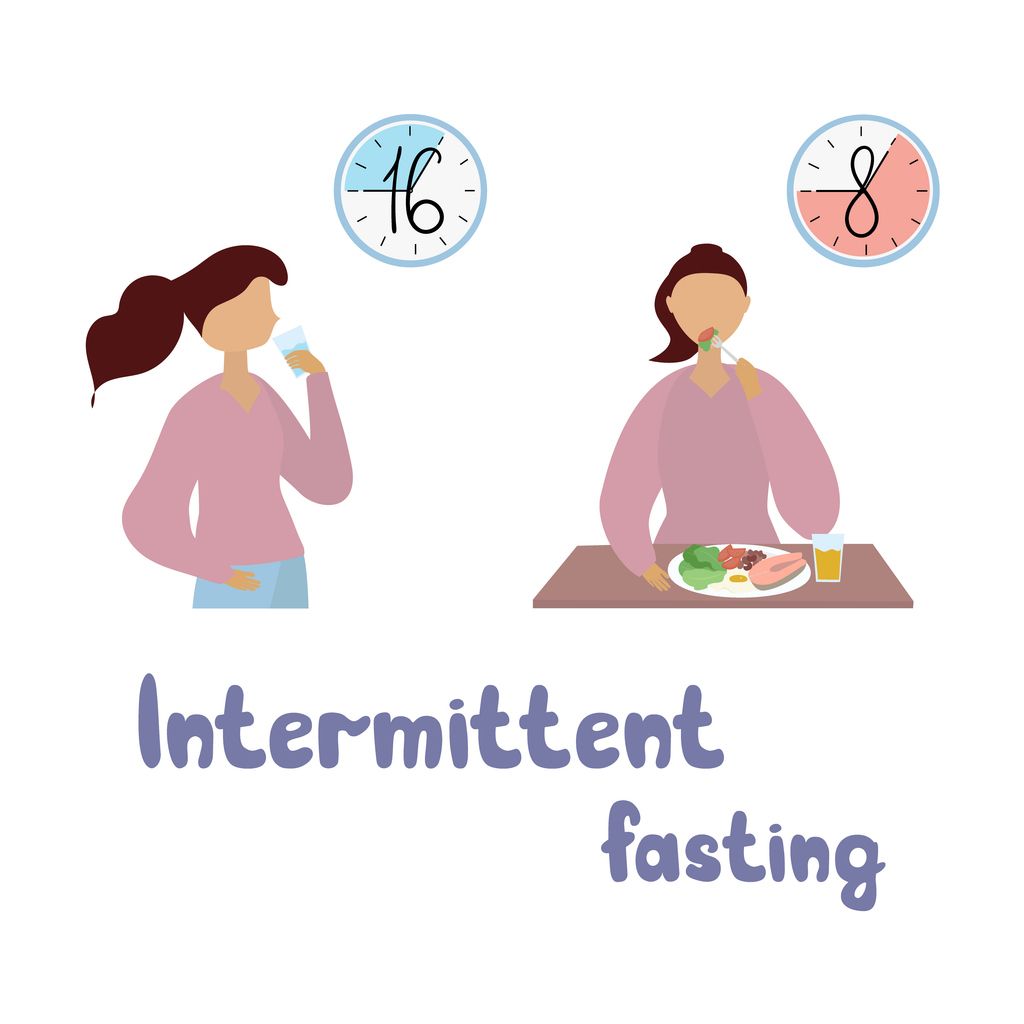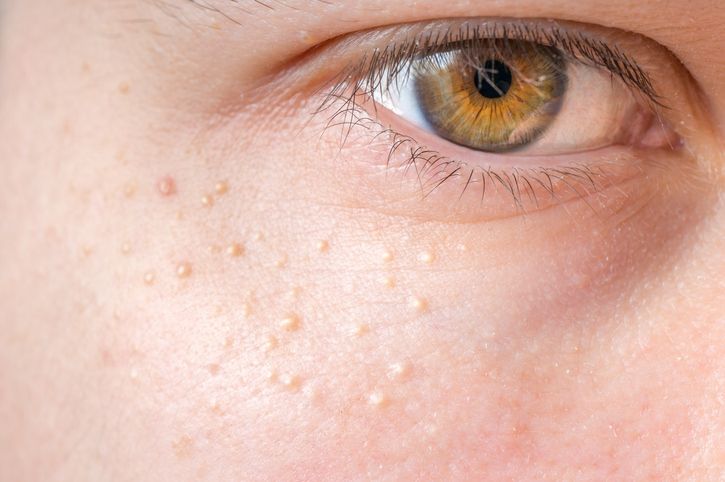- Home
- Trend
- Weight Loss Strategies
- Acne Tips
- Hair Health Information
- Blemish Removal Tips
- Acne Scar Removal Tips
- Muscle Building Techniques
- Intimate Care Tips
- Postpartum Intimate Care
- Eye Bags Wiki
- Tips for Face Slimming
- Secret of Permanent Hair Removal
- Breast Enlargement Tips
- Cure to Snoring
- Marionette Lines
- Skin-Tightening Secrets
Intermittent fasting has gained significant popularity in recent years, with the 168 intermittent fasting method being one of the most widely practised. This fasting strategy splits your day into two distinct periods: a 16-hour fasting window and an 8-hour eating window. It’s a simple approach that offers numerous health benefits ranging from weight loss to better blood sugar control.
What is 168 Intermittent Fasting?
At its core, 168 intermittent fasting involves fasting for 16 hours a day and eating within an eight-hour eating window. During the fasting period, you consume only calorie-free beverages such as water, black coffee, or unsweetened tea. The goal is to limit your daily calorie intake without compromising the body’s need for nutritious food during the eating period.
Unlike many restrictive diets, 16:8 intermittent fasting is more flexible, making it adaptable to various lifestyles. You can tailor your eating hours to suit your daily routine. For instance, you might decide to finish your last meal by 8 PM, fast until noon the following day, and then have a balanced meal and early dinner by 7 PM. This method is straightforward and primarily focuses on when you eat, rather than what you eat.
Key Considerations for 16:8 Intermittent Fasting
While 16:8 intermittent fasting is simple, there are essential factors to pay attention to for optimal results and health benefits:
Focus on Nutrient-Dense Foods
During the eight-hour eating window, it’s crucial to prioritise whole, nutritious foods that provide a balance of macronutrients and micronutrients. Opt for lean proteins, healthy fats (like olive oil and avocados), whole grains, and a variety of fruits and vegetables. Since your eating window is shorter, make sure every meal provides the energy and nutrients your body needs for the day.
Avoid Overeating During the Eating Window
One common mistake is overindulging during the eating hours, thinking you need to compensate for the fasting period. This can hinder weight loss efforts and lead to weight gain. Focus on portion control, listen to your body's hunger signals, and avoid unhealthy, high-calorie foods like sugary drinks and junk food.
Stay Hydrated Throughout the Period
Even though you’re fasting, it’s essential to drink plenty of water throughout the day. Dehydration can lead to low blood pressure, headaches, and fatigue. Calorie-free beverages like herbal teas and black coffee can also be consumed to help you stay hydrated and curb hunger during fasting hours.
Choose an Eating Window That Suits Your Lifestyle
Flexibility is a key advantage of 16:8 intermittent fasting. You can set your eating period to fit your daily schedule. Whether you’re an early riser who prefers to eat breakfast or someone who enjoys a late dinner, choose a time frame that feels natural and sustainable. Some may find it easier to skip breakfast and start their meals at lunch, while others might prefer eating breakfast and finishing their meals earlier in the evening.
Plan for Social Occasions and Unplanned Eating
Social gatherings and work events can often disrupt your intermittent fasting schedule. Be mindful of how to adjust your fasting and eating windows during such occasions. For example, if you plan to attend a late dinner, you can shift your eating window to start later in the day. Flexibility is key, but avoid consistently breaking your fasting schedule to maintain results.
Consider Your Energy Needs
If you have a particularly active lifestyle or engage in high-intensity workouts, make sure your eating window supports your energy needs. Exercising while fasting can be effective for burning fat, but for optimal performance, you may want to time your meals around your workouts to ensure you have enough energy. Eating lean proteins and complex carbohydrates post-workout can aid muscle recovery and improve performance.
Monitor Your Blood Sugar Levels
16:8 intermittent fasting can help with blood sugar control, but it’s essential to monitor your levels, especially if you have diabetes or prediabetes. Fasting for extended periods could lead to low blood sugar levels in some people. If you experience symptoms such as dizziness, irritability, or shakiness, consider adjusting your eating times or the types of foods you're consuming during your meals.
Gradually Ease Into Fasting
If you’re new to time-restricted eating, it’s best to start gradually. Instead of jumping straight into a 16-hour fast, you can start by fasting for 12 or 14 hours and progressively extend the duration. This helps your body adjust to the fasting period without experiencing extreme hunger or fatigue.
Pay Attention to Negative Symptoms
While intermittent fasting works well for many people, it may not be ideal for everyone. If you experience negative symptoms like extreme hunger, fatigue, or difficulty concentrating, it might be a sign that fasting isn’t suitable for your body. Always listen to your body’s signals and make adjustments as necessary.
5 Health Benefits of 168 Intermittent Fasting

Research supports that 168 intermittent fasting offers a range of potential health benefits, including improved blood sugar control, fat burning, and even extended longevity. Let’s look at some of the major perks of adopting this eating pattern:
1. Weight Loss and Fat Burning
One of the primary reasons people turn to intermittent fasting is its ability to help lose weight by creating a calorie deficit. During the fasting hours, your body shifts from burning glucose for energy to burning fat stores. This process, called lipolysis, breaks down fat cells to use as fuel, which ultimately reduces body weight and fat mass over time.
By sticking to a balanced diet within your eating window and avoiding unhealthy eating habits, you can maximise the weight loss benefits of 168 intermittent fasting.
2. Improved Blood Sugar Control
168 intermittent fasting can have a positive effect on blood sugar levels, especially for those at risk of low blood sugar or diabetes. During the fasting period, your insulin levels drop, which improves insulin sensitivity and helps the body process sugar more efficiently. This can reduce the risk of blood sugar spikes that lead to cravings and weight gain.
3. Supports a Healthy Diet and Lifestyle
Intermittent fasting encourages you to adopt a healthy diet during your eating periods. Because your meals are limited to an 8-hour window, there’s less room for mindless snacking and overeating. By focusing on nutritious foods like lean proteins, healthy fats, and whole grains, you can fuel your body with the nutrients it needs without consuming unnecessary calories.
4. Boosts Longevity and Protects Against Disease
Some animal studies suggest that intermittent fasting may help extend longevity and protect against age-related conditions such as Alzheimer's disease. While more human studies are needed to confirm these findings, there is evidence that fasting can reduce inflammation and improve overall health by giving the body a chance to repair and rejuvenate during the fasting window.
5. Reduces the Risk of Digestive Problems
When you give your digestive system a break during fasting, it can lead to fewer digestive issues such as bloating and indigestion. This is because fasting periods give the body time to reset and clear out any toxins or excess substances that may have accumulated from unhealthy eating.
免費體驗
S6 Body Sculpting Treatment
1 Minute Self-Registration
Date should not be before minimal date
How to Get Started with 168 Intermittent Fasting
Starting 168 intermittent fasting doesn’t have to be complicated. Follow these tips to get started and make the most of your fasting journey:
1. Choose Your Eating Window
The beauty of intermittent fasting is its flexibility. Most people choose an eight-hour window from 12 PM to 8 PM, but you can adjust the timing to fit your schedule. For example, if you prefer eating breakfast, you can start your eating window at 10 AM and stop at 6 PM.
2. Stay Hydrated
It’s essential to drink plenty of water throughout the day, especially during your fasting period. Not only does water keep you hydrated, but it also helps reduce hunger pangs. You can also sip on calorie-free beverages like black coffee or unsweetened tea to stay full without breaking your fast.
3. Eat Nutrient-Dense Foods
When you do eat, focus on nutritious foods that fuel your body. Opt for a healthy breakfast like eggs with whole grains, a lunch of grilled chicken breast with mixed vegetables, and an early dinner that includes healthy fats like olive oil and avocado. These foods keep you full while helping you meet your daily nutritional needs.
4. Avoid Sugary Drinks and Snacks
One of the most common mistakes people make during intermittent fasting is consuming hidden calories through sugary drinks and snacks. Stick to water, black coffee, and unsweetened tea during your fasting period, and avoid snacks that contain added sugar or refined carbs during your eating window.
5. Exercise Regularly
Incorporate moderate physical activity into your routine, such as walking, jogging, or strength training, to maximise fat burning. Exercise can also enhance the positive effects of intermittent fasting on metabolism and help you achieve your weight loss goals more quickly.
Addressing Stubborn Fat with S6 Body Sculpting Treatment
While 168 intermittent fasting is an effective way to lose weight, many people find they still have areas of stubborn fat that don’t respond to diet and exercise alone. If you’ve been following intermittent fasting but are struggling with problem areas like the arms, belly, or thighs, S6 Body Sculpting Treatment might be the perfect solution to complement your efforts.
What is S6 Body Sculpting?
S6 Body Sculpting Treatment is a non-invasive procedure that uses advanced laser technology to target and reduce fat in stubborn areas of the body. It’s an ideal option for people who are already working on their fitness goals but need a little extra help in areas that are resistant to fat loss.
How Does it Work?
The treatment uses laser energy to break down fat cells, which are then naturally eliminated by the body. This process is safe, pain-free, and requires no downtime. The S6 Body Sculpting treatment is particularly effective for people who have already made lifestyle changes—such as 168 intermittent fasting—and are looking to refine their body shape.
Why Choose S6 with Intermittent Fasting?
Combining intermittent fasting with the S6 treatment can help you achieve a leaner, more toned physique. While fasting promotes fat burning and improves metabolism, S6 Body Sculpting can target specific fat deposits that are difficult to reduce through diet and exercise alone. This one-two punch offers a comprehensive approach to weight loss, helping you achieve your body goals faster.
免費體驗
S6 Body Sculpting Treatment
1 Minute Self-Registration
Date should not be before minimal date
What to Expect During Your Fasting Journey
It’s important to recognize that intermittent fasting isn’t a magic fix for weight loss. Like any other diet or lifestyle change, success depends on consistency and balance. Some people may experience initial negative symptoms such as hunger or low blood pressure during their fasting window, but these tend to diminish as your body adjusts to the new eating pattern.
If you’re fasting for the first time, consult with a registered dietitian or family physician to make sure you’re practising it safely, especially if you have underlying health conditions like diabetes or low blood sugar. It’s essential to listen to your body and adjust your fasting schedule if necessary.
Final Thoughts on 168 Intermittent Fasting and S6
Incorporating 168 intermittent fasting into your routine can offer a variety of health benefits, from weight loss and improved blood sugar control to better metabolic health and increased longevity. With careful planning and a focus on nutritious foods, you can create a sustainable lifestyle that helps you meet your weight loss goals.
For those with stubborn fat areas that won’t go away through fasting and exercise alone, the S6 Body Sculpting Treatment provides an excellent solution to complement your hard work. By combining intermittent fasting with S6, you can achieve a more sculpted, toned body, giving you the confidence and energy to live your best life.
免費體驗
S6 Body Sculpting Treatment
1 Minute Self-Registration
Date should not be before minimal date
FAQ

1. Can I drink calorie-free beverages during the fasting period at 16:8 intermittent fasting?
Yes, during the fasting window of 16:8 intermittent fasting, you are allowed and encouraged to drink calorie-free beverages such as water, black coffee, and unsweetened tea. These beverages do not interfere with your fast, as they contain no calories, and they can even enhance your fasting experience. Staying hydrated is essential during fasting periods to prevent fatigue, headaches, and hunger pangs. Water, in particular, helps maintain electrolyte balance, while black coffee and unsweetened tea can suppress appetite and boost energy levels. Some people also drink herbal teas or add a splash of lemon to their water, as long as these additions don't contribute to your calorie intake.
2. Does 16:8 intermittent fasting affect reproductive health in women?
16:8 intermittent fasting can have varying effects on women’s reproductive health, particularly in terms of hormonal balance and menstrual cycles. Some studies suggest that women may be more sensitive to caloric deficits and time-restricted eating patterns due to their unique hormonal makeup. For some women, fasting can cause shifts in hormone levels, potentially leading to disruptions in the menstrual cycle or ovulation, especially if they are underweight or already have irregular cycles. Women of reproductive age need to pay special attention to how their body responds while fasting and monitor for any changes, such as missed periods or other hormonal imbalances.
3. How does 16:8 intermittent fasting impact body mass index (BMI) and total calorie intake?
16:8 intermittent fasting can contribute to a lower Body Mass Index (BMI) primarily by reducing your total calorie intake. Since this fasting approach restricts your eating to an eight-hour window, it naturally limits the amount of time you have to eat, which can result in fewer calories consumed overall. By skipping a meal, often breakfast, and focusing on nutrient-dense meals during the eating window, many people find themselves entering a calorie deficit without feeling deprived.
4. What are some other health benefits of practising 16:8 intermittent fasting?
In addition to weight loss, 16:8 intermittent fasting offers several other health benefits that extend beyond mere calorie control. One of the most notable benefits is improved blood sugar control and insulin sensitivity, which is particularly beneficial for those at risk of type 2 diabetes or with prediabetes. When you fast, insulin levels drop, which helps the body more effectively utilise stored fat for energy, reducing the risk of insulin resistance over time.
5. Can skipping breakfast during 16:8 intermittent fasting negatively affect my daily food intake?
Skipping breakfast may not negatively affect your daily food intake as long as you eat balanced meals during the remaining eight hours. Ensuring that your meals contain essential nutrients and provide enough calories can help you maintain a healthy diet even when practising time-restricted eating.









